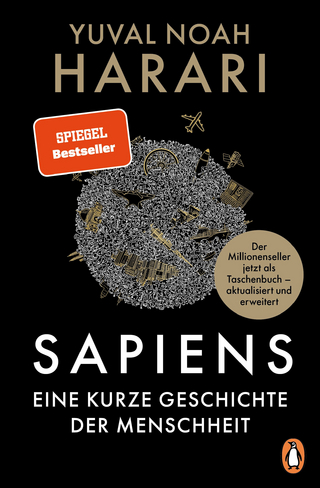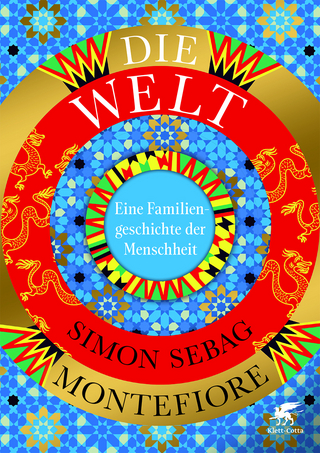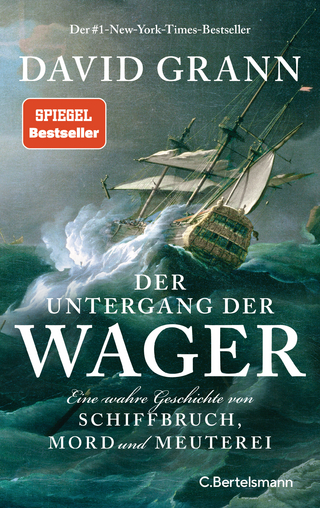
Maker Space
Bard Graduate Center, Exhibitions Department (Verlag)
978-1-941792-38-4 (ISBN)
Maker Space: Creative Environments in Early Modern Europe asks how spatial considerations initiated, supported, and thwarted creative activities and highlights points of intersection and overlap across practices that we otherwise tend to think of as separate. Scholars have long had an interest in, for instance, the workshop, laboratory, studiolo, or Kunstkammer as distinct places of production—named coordinates that situate social and technical actions in a defined context. The essays in this volume use the less fixed notion of space to break open such typologies, emphasizing the fluid, improvisational, and idiosyncratic aspects of creative work. They demonstrate how the ever-shifting array of tools, materials, environmental conditions, and bodies involved in artisanal production redirects our attention to the shared conditions that unite various enterprises of intellection, imagination, experimentation, and making.
The book comprises a series of short case studies and extended meditations on particular sites where the work of the mind and hand coincided, from mines, arsenals, theaters, and imagined hermitages to tailors’ shops, artists’ workshops, the home, and even the space of a chemist’s notebook. This format of short and long essays animates the story of early modern making and thinking practices at various scales. The specifics of these case studies move us away from either totalizing or categorical views that would gloss over the fluid, messy, and insistently material conditions of daily work—that is, the raw material of history. These essays also suggest fundamental shared concerns—from environmental and moral control to the conditions necessary for the mental demands of making—that supersede distinct makers or creative practices.
Since 2017, Colin Murray has lectured widely in the Department of Art History and in the Department of Visual Studies at the University of Toronto. His research interests include the language of style and creativity in early modern theory, the discernment and appreciation of multiple authorship in the history of connoisseurship and criticism, and the intersections of artistic theory and practice. Sophie Pitman is the Pleasant Rowland Textile Specialist and research director of the Helen Louise Allen Textile Collection at the Center for Design and Material Culture at the University of Wisconsin, Madison. A specialist in the early modern period, she now researches and teaches widely using the collection of over 13,000 historic global textiles. Her current research and curatorial projects explore the making and remaking of textiles and clothing as a research methodology, weatherproof clothing, and imitative textiles. Tianna Helena Uchacz is an assistant professor in the School of Performance, Visualization & Fine Arts at Texas A&M University, specializing in the history of art and craft technology, 1400–1750. Her research asks questions about art media and materials, skilled making, the sensory experiences of artists and viewers, and ways of knowing in cultures across the globe.
Preface
Introduction
Itineraries
1. Tina Asmussen, “The Subterranean Court”
2. Donna Bilak, “Colonial Chymistry and Spaces of Experiment in Gershom Bulkeley’s Laboratory Notebook”
3. Erin J. Campbell, “The Ecology of Devotion in the Early Modern Domestic Interior”
4. H. Perry Chapman, “Making as Thinking in the Dutch Painter’s Studio”
5. Michael Cole, “Lavinia Fontana, in a Room of Her Own”
6. Thomas Dabbs, “A Midsummer Night’s Dream and Play Making at the Office of the Revels”
7. Lily Filson, “‘Make It ’til You Fake It’: The Princely Pastime of Alchemical Counterfeiting at the Medici Villa Pratolino”
8. Lucy Havard, “The Experimental Kitchen: Knowledge-Making Activities in the Seventeenth-Century English Home”
9. Merlijn Hurx, “‘Working by Trial and Error’: Sluice Building in Holland as a Place of Experimentation (1550–1600)”
10. Hannah Wirta Kinney, “Intellect and Property in Giambologna’s Borgo Pinti Palazzo”
11. Deborah L. Krohn, “Corrozet’s Blasons domestiques (1539) and the Anatomy of Domestic Space in Early Modern Europe”
12. Meredith Martin, “World in a Room: The Porcelain Ceiling at Santos Palace”
13. John T. McQuillen, “Thinking about an Early Modern Monastic Library: Scheyern Abbey (Bavaria)”
14. Colin Murray, “Vermeer in the Lacemaker’s Studio”
15. Sophie Pitman, “Tailor’s Hell?: The Contested Space of the Early Modern Workshop”
16. Leopoldine Prosperetti, “Rushes, Fronds, and Osiers: Crafting a Hermit’s Hut”
17. Ray Schrire, “St. Paul’s Schoolroom: Paying Attention in Erasmus’s Grammar School”
18. Ad Stijnman, “The Printshop of Jan Pietersz. van de Venne, Middelburg (The Netherlands), 1623”
19. Katherine Tycz, “Pray While You Work: Prayer and Devotional Objects in Workplaces and Work Spaces in Early Modern Italy”
20. Tianna Helena Uchacz, “Hubris and Humility: Workspaces, Environmental Conditions, and the Early Modern Artisan”
21. Steven Walton, “In the Shadow of the Arsenal Gate”
Contributor Bios
Index
| Erscheinungsdatum | 22.08.2024 |
|---|---|
| Reihe/Serie | Bard Graduate Center - Cultural Histories of the Material World |
| Verlagsort | New York |
| Sprache | englisch |
| Maße | 165 x 235 mm |
| Gewicht | 454 g |
| Themenwelt | Kunst / Musik / Theater ► Kunstgeschichte / Kunststile |
| Geisteswissenschaften ► Geschichte ► Allgemeine Geschichte | |
| Geisteswissenschaften ► Geschichte ► Regional- / Ländergeschichte | |
| ISBN-10 | 1-941792-38-3 / 1941792383 |
| ISBN-13 | 978-1-941792-38-4 / 9781941792384 |
| Zustand | Neuware |
| Informationen gemäß Produktsicherheitsverordnung (GPSR) | |
| Haben Sie eine Frage zum Produkt? |
aus dem Bereich


